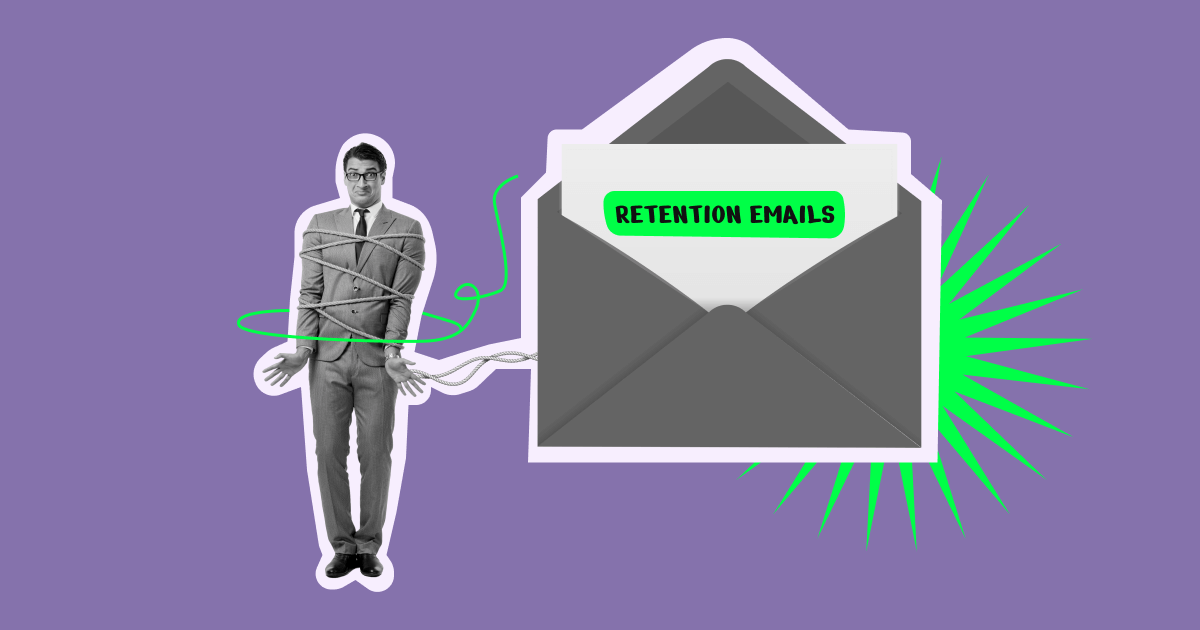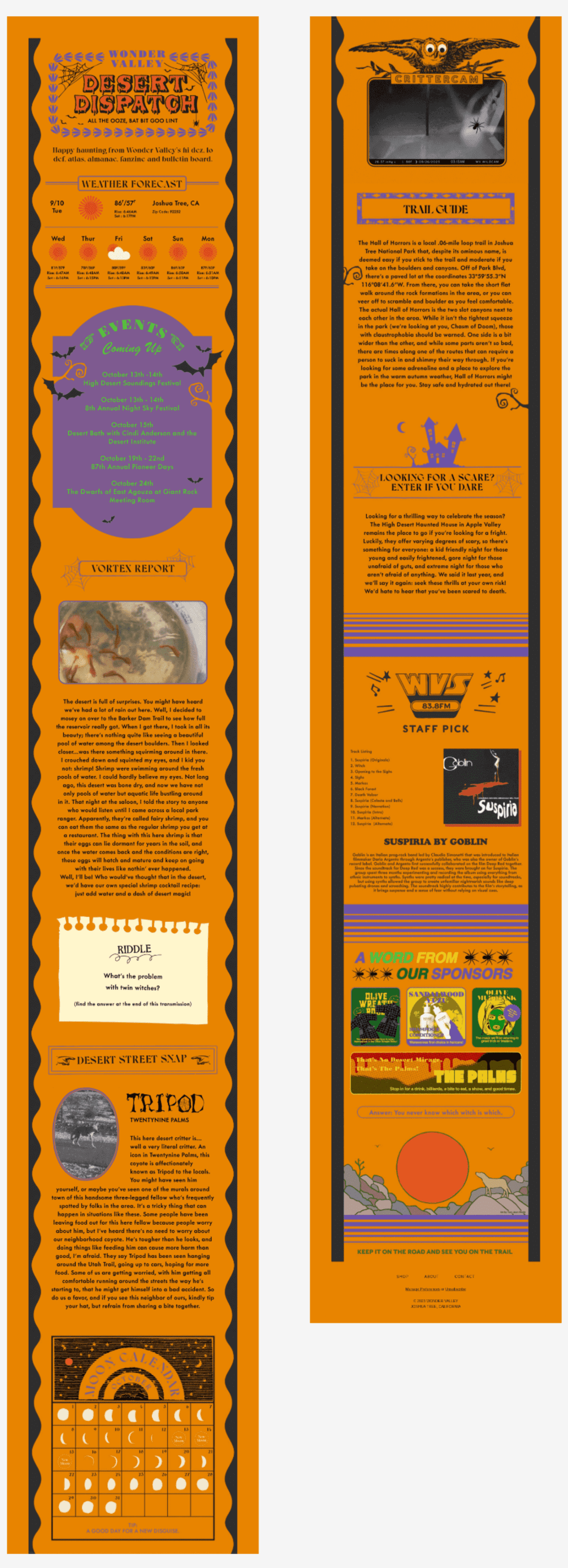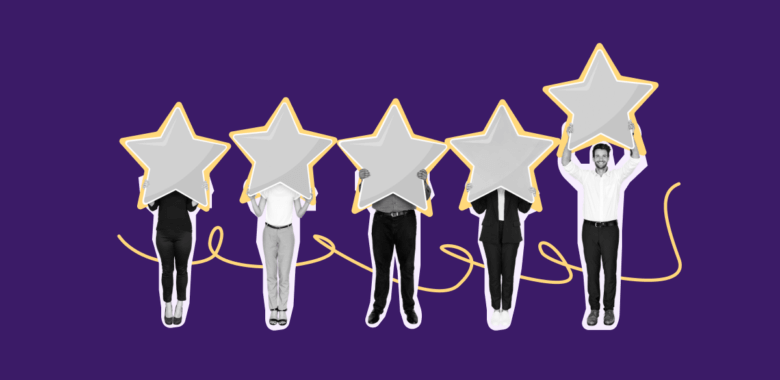What is a retention email?
Retention emails are email campaigns aimed at existing customers to keep them around, increase their brand loyalty, and motivate them to buy from you again. While these emails may directly sell your product or service, it’s not always the case. Retention emails have one of these two purposes:
- Engagement maintenance of loyal subscribers. Such campaigns are pretty similar to exchanging memes in a chat with your long-distance or overly busy friend. They don’t oblige your customers to anything, just show you’re still there and care about them. One great example of such retention emails is birthday and anniversary emails. Even if your customers don’t use their birthday offers, they will still be happy to get a holiday card — and they’ll remember your business for it.
- Churn risk management. Before your disengaged subscribers click the opt-out link, you still have a chance to win them back. This can take many forms. For example, you can segment a list, create a group of subscribers that have been ignoring your emails for a month or more, and send out an email campaign with an irresistible offer or suggest support.
Here’s an example of the latter. This email from Captions targets potentially churning users who haven’t used the app for a while. It lists all the awesome new features and encourages customers wanting to churn to test them out by offering a 7-day free trial.





























